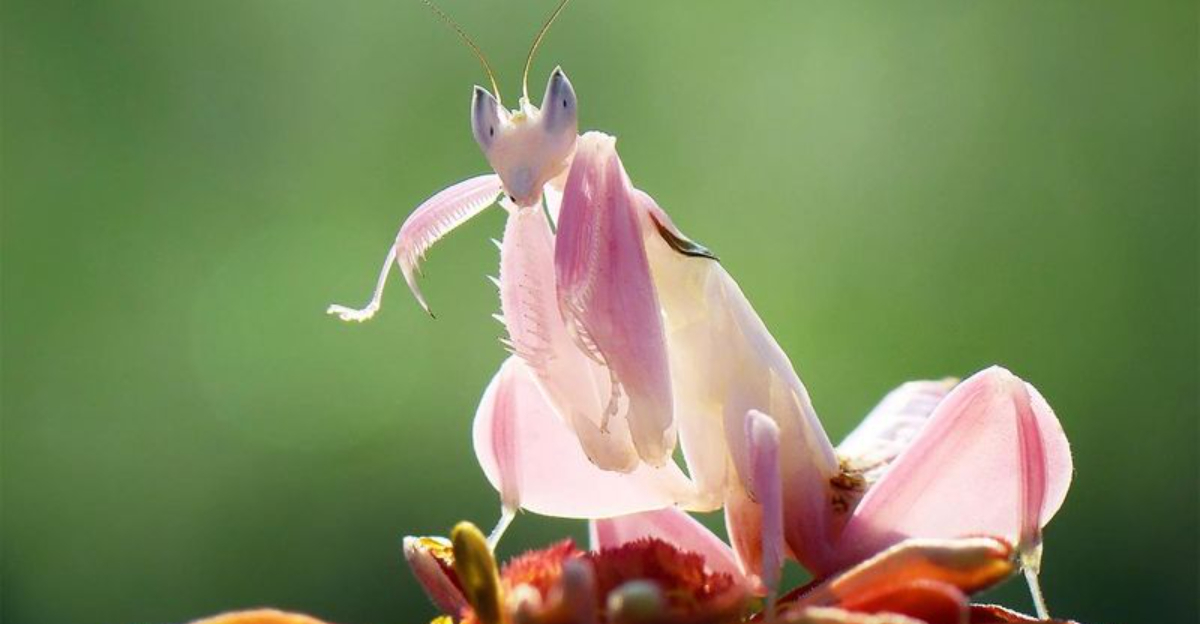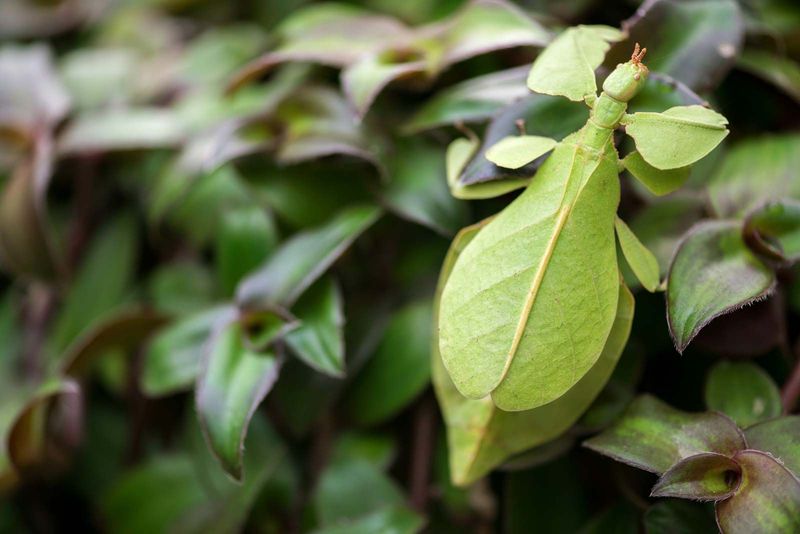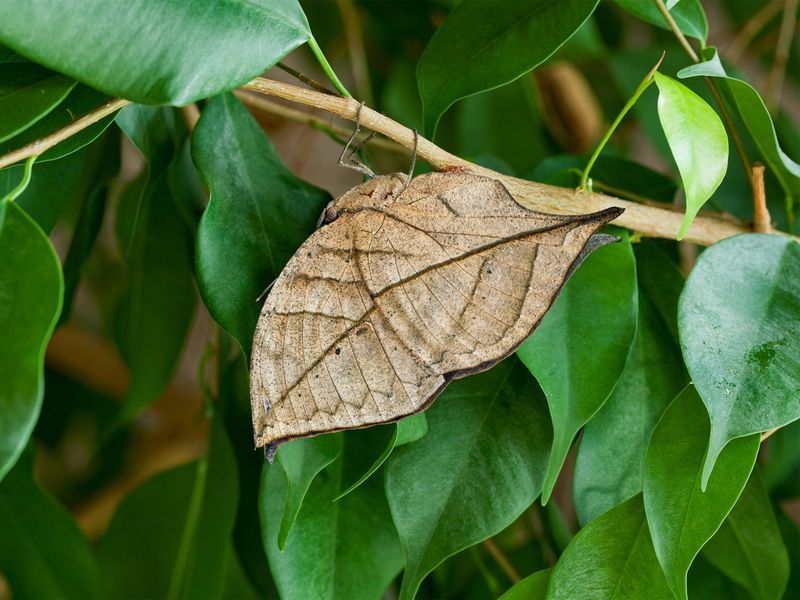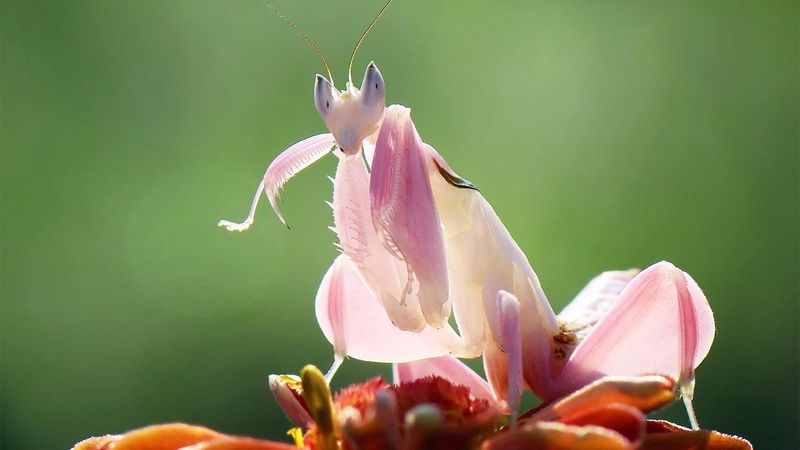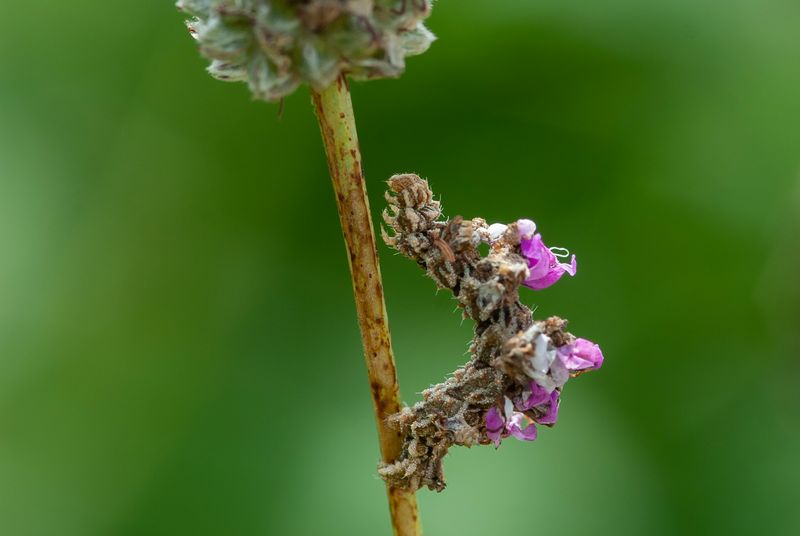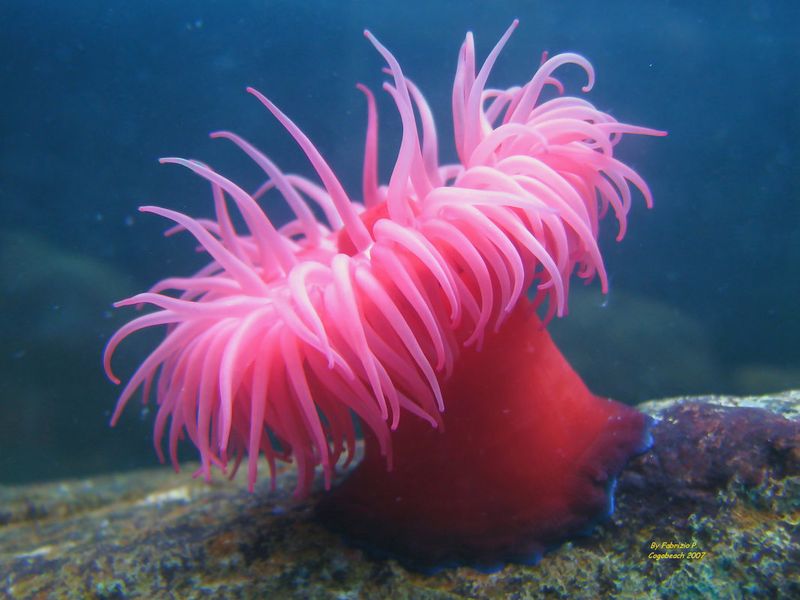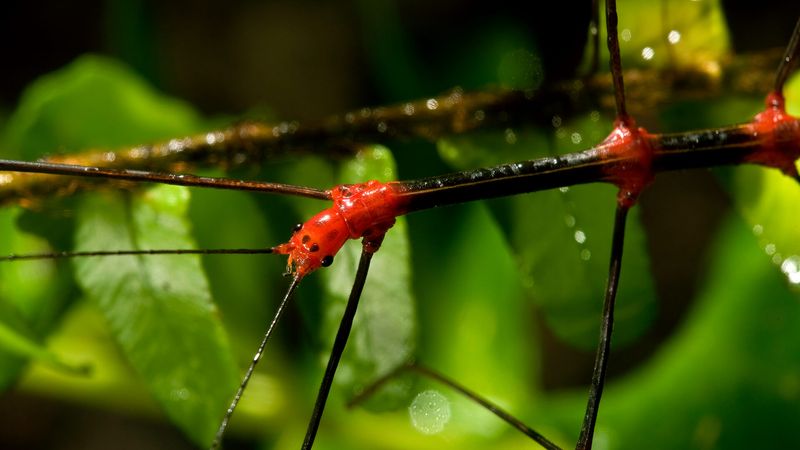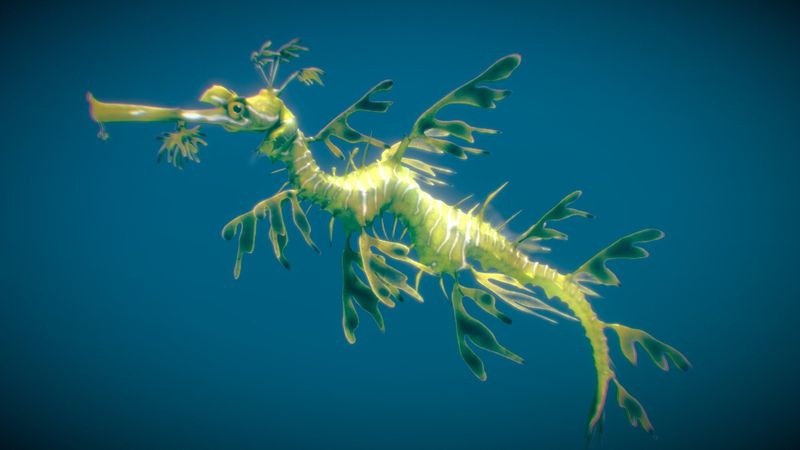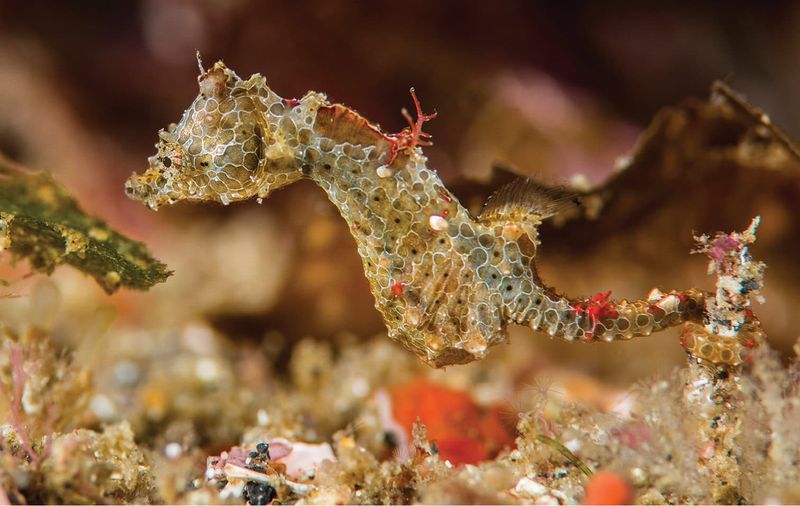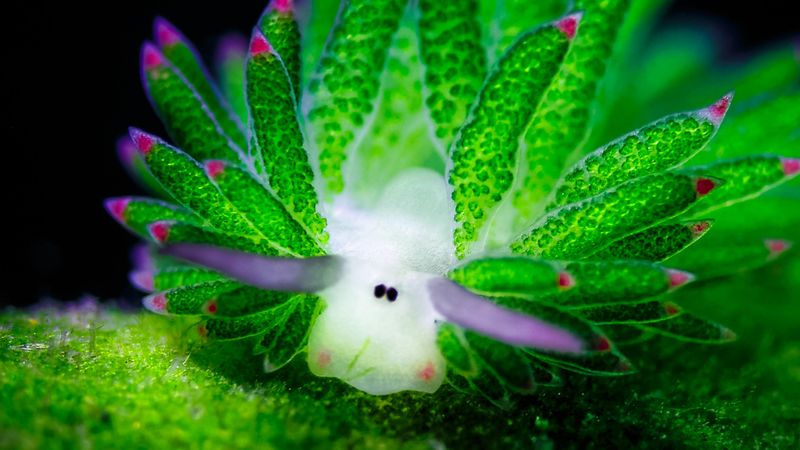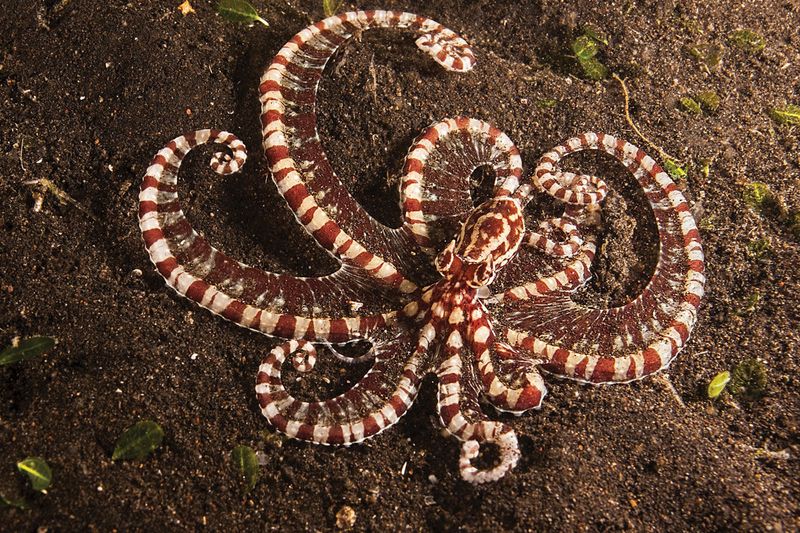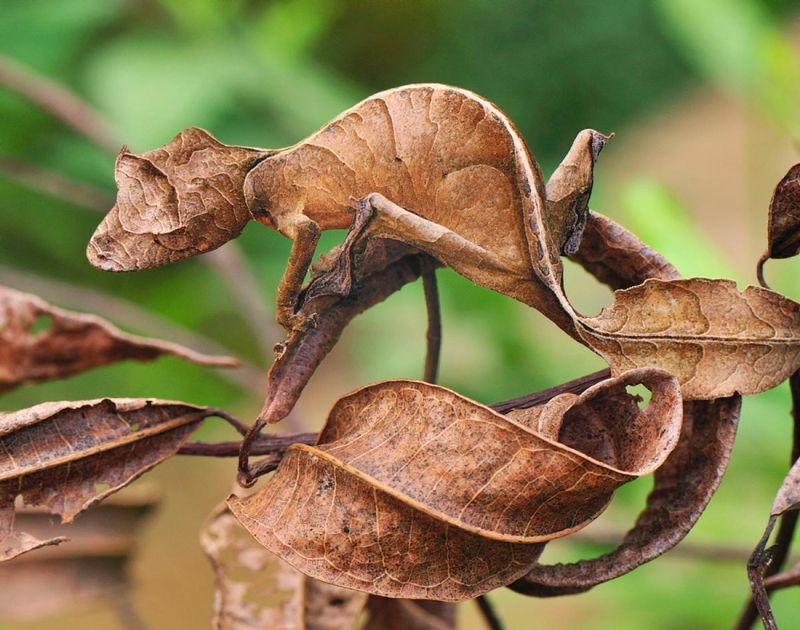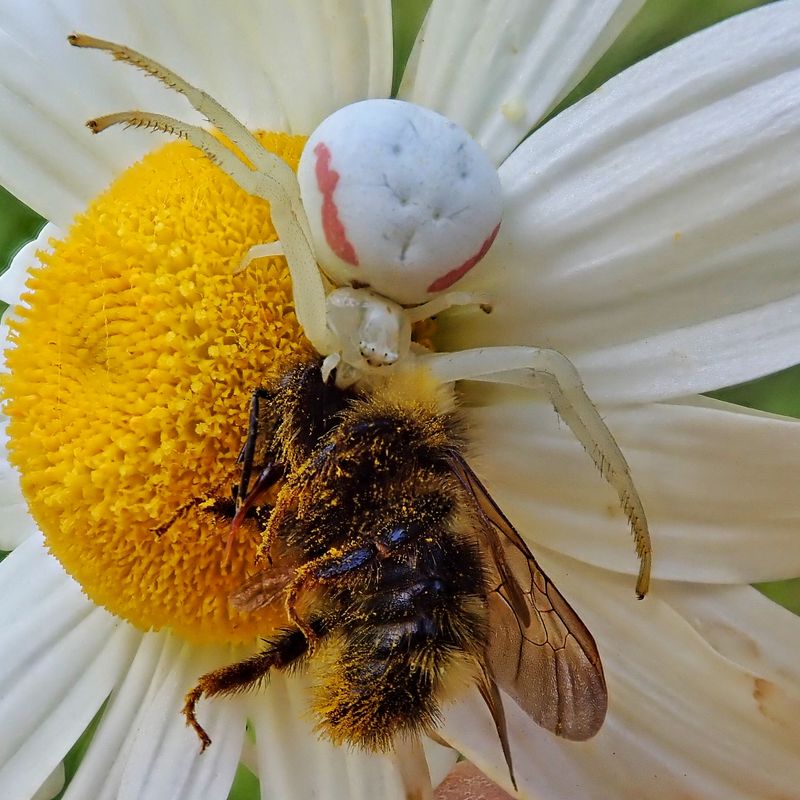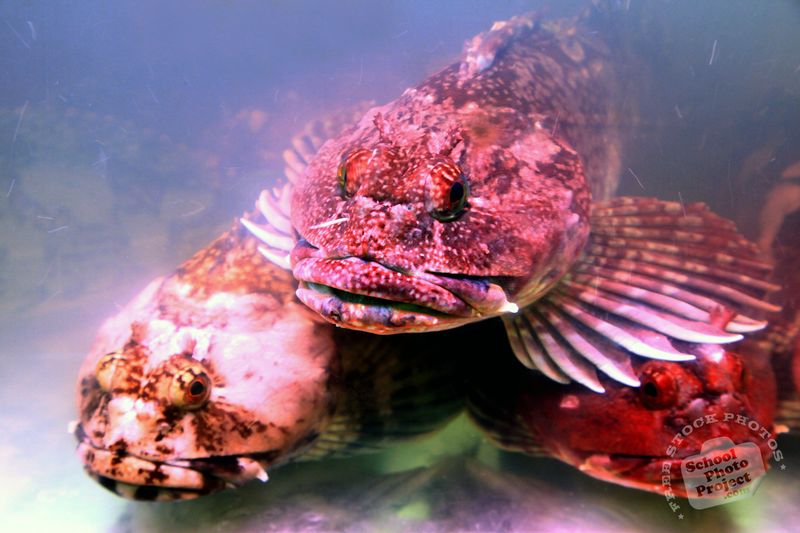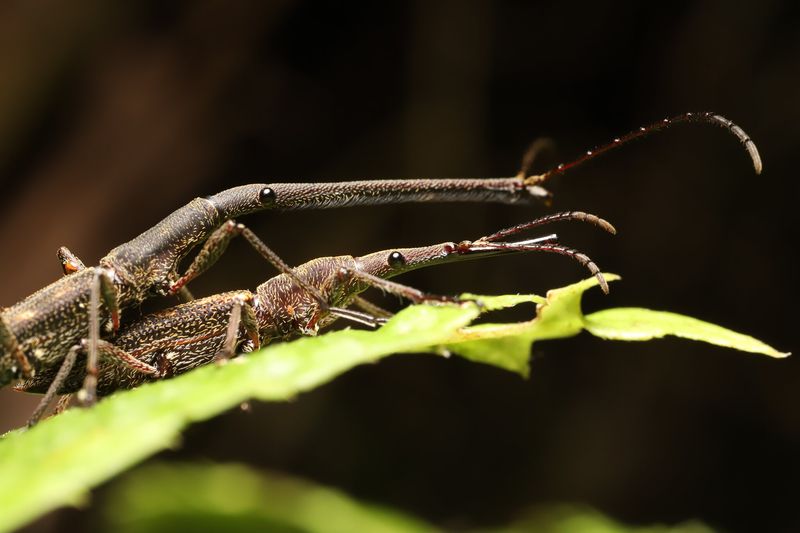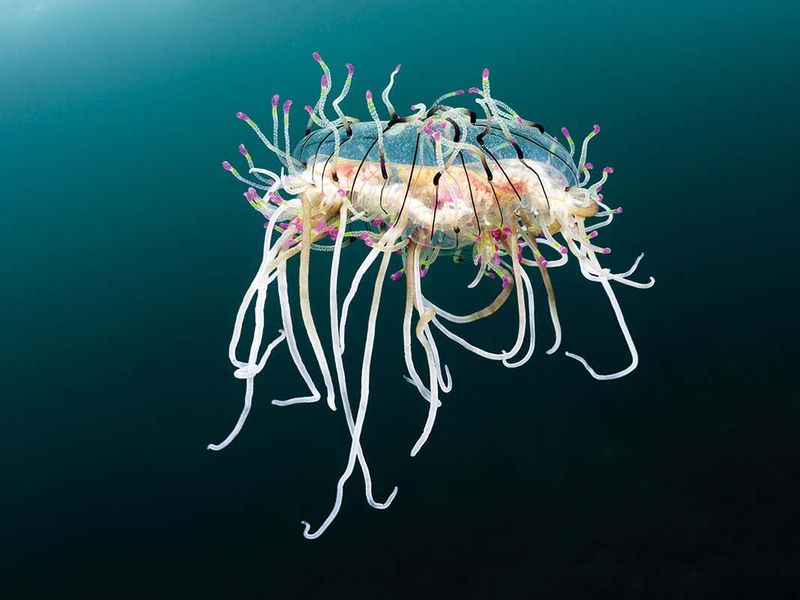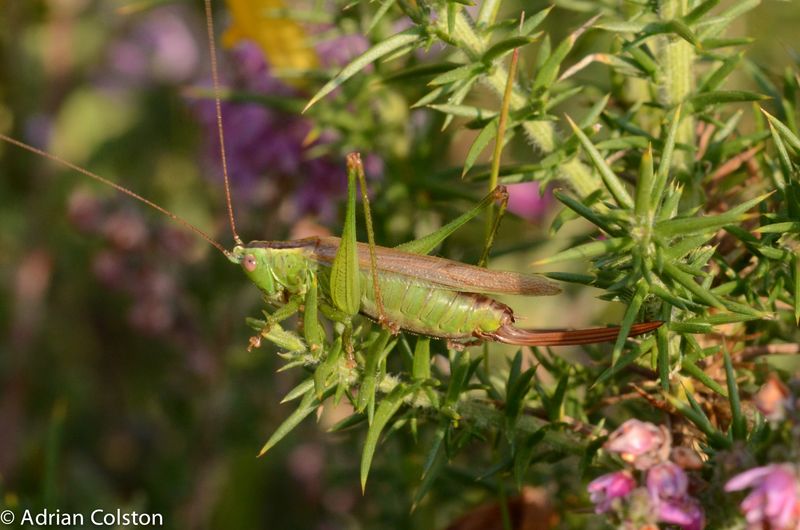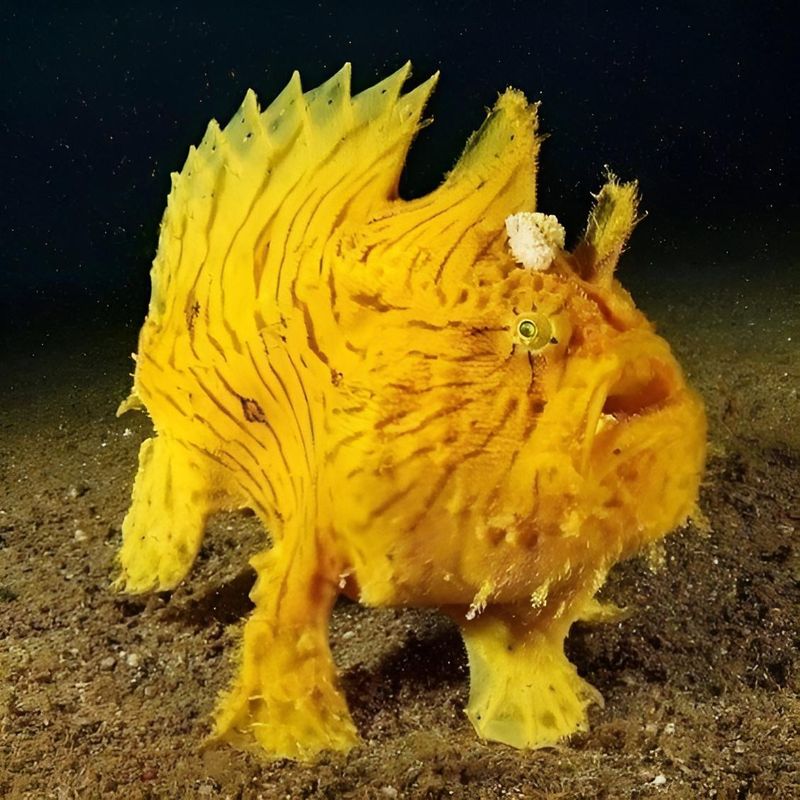Welcome to a world where nature’s creativity knows no bounds. In this blog post, we explore the enchanting realm of animals that have evolved to resemble plants. These fascinating creatures blend into their surroundings in the most astonishing ways.
Whether it’s for protection, hunting, or simply a quirky twist of evolution, these animals prove that mother nature has a sense of humor.
Join us as we uncover 17 unique species that defy the ordinary, showcasing the incredible diversity and adaptability in the animal kingdom.
1. Leaf Insect
Leaf insects are masters of disguise. With their bodies mimicking leaves, they can fool predators and hide in plain sight. Found in the rainforests of Southeast Asia, they are experts at blending into their green surroundings.
Their veins and colorations are so detailed that they truly appear like leaves fluttering in the breeze.
These insects sway gently, imitating the movement of leaves, enhancing their disguise. Their ability to adapt and survive by appearing like non-threatening foliage highlights the ingenious strategies employed by evolution.
2. Dead Leaf Butterfly
The dead leaf butterfly is a marvel of mimicry. Its wings resemble dead leaves, complete with veins and brown hues, allowing it to vanish in plain sight. Found across South Asia, this butterfly’s disguise is perfect for avoiding predators.
When its wings are closed, it looks just like a withered leaf on the forest floor. This deception is crucial for its survival, illustrating nature’s intricate design and the butterfly’s role in the ecosystem.
The dead leaf butterfly reminds us of the delicate balance between appearance and survival.
3. Orchid Mantis
Orchid mantises are deceivers of the insect world. With bodies resembling orchid flowers, they lure prey and avoid predators. Mainly found in the rainforests of Southeast Asia, their vibrant pink and white colors mimic the delicate petals of orchids.
This resemblance allows them to blend seamlessly into their floral habitat. Their predatory nature is masked by their innocent appearance, an evolutionary tactic that turns beauty into a deadly weapon.
The orchid mantis is a vivid example of nature’s capacity for aesthetic deception.
4. Camouflaged Looper
Camouflaged loopers are caterpillars that masterfully disguise themselves as flowers. Found in North America, they adorn their bodies with bits of the plants they consume. This clever adaptation allows them to blend seamlessly into flowering plants.
Their disguise helps them avoid predators while they feed. This remarkable ability to mimic flowers for protection showcases an innovative evolutionary strategy.
The camouflaged looper illustrates how even the tiniest creatures can develop intricate survival tactics in the natural world.
5. Sea Anemone
Sea anemones resemble beautiful underwater flowers. Attached to rocks or coral, they wave their tentacles like petals in ocean currents. Found in oceans around the world, these animals use their resemblance to plants as a lure for prey.
Their vibrant colors and flower-like appearance conceal a deadly nature, with stinging cells that capture unsuspecting fish. This combination of beauty and danger makes sea anemones fascinating creatures that demonstrate the fine line between form and function in nature’s designs.
6. Stick Insect
Stick insects are the ultimate mimic when it comes to plant camouflage. With their elongated bodies resembling twigs and branches, they are nearly invisible in their natural habitats.
Found worldwide, their appearance helps them avoid predators by blending seamlessly into trees and bushes.
By remaining motionless, they enhance this illusion, making them a true testament to nature’s art. This remarkable ability to imitate plants is key to their survival, showcasing evolution’s power to create masters of disguise.
7. Leafy Seadragon
Leafy seadragons are marine wonders with their plant-like appendages mimicking seaweed. Found in the waters off southern and western Australia, they glide gracefully through the ocean, their leafy protrusions providing perfect camouflage.
These unique creatures use their appearance to blend into the kelp forests, avoiding predators and ambushing prey.
Their resemblance to drifting seaweed is so convincing that they are often mistaken for plants. Their ethereal beauty and exquisite disguise make them a standout marvel in the underwater world.
8. Pygmy Seahorse
Pygmy seahorses are masters of coral camouflage. Their tiny, knobby bodies resemble the corals they inhabit, offering them protection from predators. These miniature marvels are usually found in the Indo-Pacific region, blending seamlessly into their environment.
Their coloration and texture are so precise that spotting them is a challenge even for experienced divers. By mimicking their surroundings, pygmy seahorses showcase an extraordinary adaptation that ensures their survival in the vibrant and diverse coral reefs.
9. Leaf Sheep
The leaf sheep is a small sea slug that looks like a tiny leaf. Found in the waters around Japan and the Philippines, they feed on algae, incorporating the chloroplasts into their bodies. This gives them a leafy appearance, aiding in their camouflage.
Their unique ability to photosynthesize extends their mimicry to an astonishing level, blending in with the plants they eat. The leaf sheep exemplifies nature’s inventive adaptations, where survival and appearance are intricately linked in the marine environment.
10. Mimic Octopus
The mimic octopus is a shape-shifting genius of the sea. Capable of imitating various marine creatures, it can transform its appearance to resemble plants or animals at will. Found in the warm waters of Southeast Asia, this octopus uses its skills to avoid predators and surprise prey.
Its ability to change colors and shapes is unmatched, making it one of the most versatile camouflagers. This adaptability highlights the endless possibilities of mimicry in nature’s repertoire.
11. Leaf-Tailed Gecko
Found in Madagascar, the leaf-tailed gecko is an incredible example of evolutionary adaptation. Its tail looks remarkably like a dead leaf, complete with intricate vein patterns and a slightly curled edge. This camouflage is vital for evading predators in its forest habitat.
During the day, these geckos remain motionless, blending perfectly with the surrounding foliage and tree bark.
Their ability to mimic the appearance of leaves is not just limited to their tails but extends to their entire bodies, allowing them to be almost indistinguishable from their environment. This natural artistry ensures their survival against a host of predators.
12. Flower Crab Spider
The flower crab spider is an expert in ambush, often found on flowers where it becomes practically invisible. Its color can change to match the blossom it sits on, ranging from white to pink or yellow. This remarkable ability allows it to capture unsuspecting pollinators.
Unlike spiders that rely on webs, flower crab spiders rely on their camouflage to catch prey. They sit patiently, waiting for insects to come close enough before striking.
This form of plant mimicry is a perfect example of how animals can use their environment to their advantage, turning flowers into deadly traps.
13. Stonefish
Stonefish are adept at vanishing into rocky ocean floors. With bodies that look like rocks, they are nearly impossible to spot. Found in the Indo-Pacific region, these fish are ambush predators, lying in wait for unsuspecting prey.
Their appearance not only prevents detection but also aids in capturing prey. The stonefish’s remarkable camouflage demonstrates nature’s dual purpose of defense and offense through imitation. Their ability to mimic their habitat makes them both fascinating and formidable.
14. Giraffe Weevil
Giraffe weevils are unique insects with long necks that resemble twigs. Native to Madagascar, these beetles use their unusual appearance for camouflage and mating displays.
Their elongated necks give them the look of tiny branches, helping them blend into their arboreal surroundings.
This adaptation not only serves as a disguise but also plays a role in their reproductive behavior. The giraffe weevil is a striking example of how form and function evolve together in nature’s endless creativity.
15. Flower Hat Jelly
The flower hat jelly is a stunning marine creature with patterns resembling a garden in bloom. Found in the western Pacific Ocean, it captivates with its vivid colors and intricate designs. These jellies use their floral appearance to confuse potential predators and attract prey.
Their translucent bodies adorned with flower-like patterns make them a unique spectacle of the sea. The flower hat jelly is a testament to nature’s ability to create beauty and function in harmony, enriching the underwater world with its presence.
16. Bush Cricket
Bush crickets are insects that resemble leaves, aiding in their concealment. Found in various parts of the world, they use their leaf-like appearance to hide from predators. Their bodies are shaped and colored to mimic leaves, complete with veins and irregular edges.
This adaptation helps them blend into the foliage, making them nearly undetectable. The bush cricket’s mimicry is a perfect example of evolution’s ability to create illusions, ensuring survival through deception in the diverse world of insects.
17. Frogfish
Frogfish are masters of deception in the aquatic world. Their bodies resemble coral or sponges, allowing them to blend into their vibrant surroundings. Found in tropical and subtropical oceans, they use their appearance to ambush prey.
Their ability to mimic various underwater environments makes them effective predators. This remarkable camouflage highlights the frogfish’s role as both hunter and survivor, showcasing the diversity of life in ocean ecosystems. Their deceptive appearance is an extraordinary adaptation for survival.
